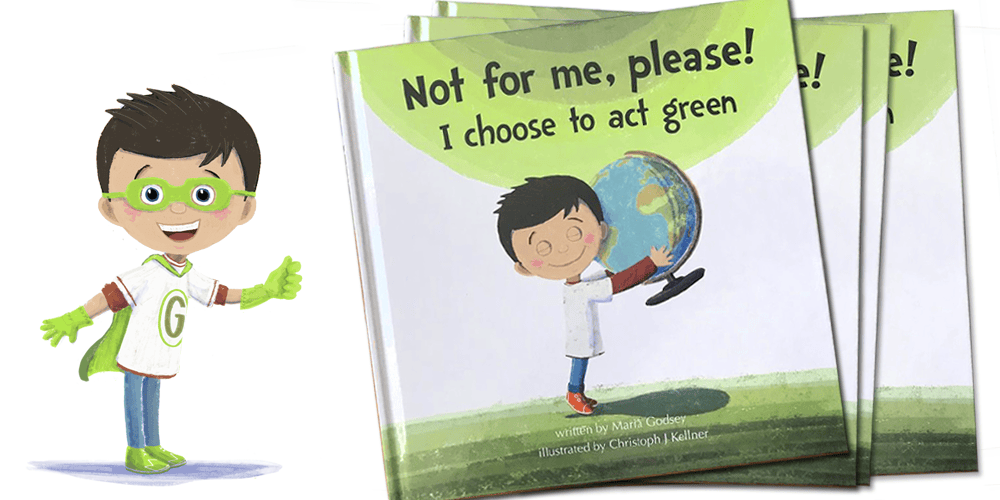Key visual and Cover
Key visual and Cover are strong ways of visual communication. Single images grab attention immediately and are easily understood.
Key visual
A key visual is a visual element that represents a central message, concept, idea, or identity. They are often used in marketing, advertising, design, and communication to create a concise visual representation of a specific theme or brand. Key visuals capture the essence of an idea or message and make it understandable at a glance. They can take the form of images, illustrations, symbols, or logos and serve to establish a strong visual connection, They pique the viewer’s interest. Key visuals are often consistently used across different media and communication channels to convey a clear and unified message.
In my preparation for graphic recording, I often use a key visual. This helps me engage with the topic and warm up my drawing skills. Frequently, the event’s title or theme is intertwined with it, creating an expressive unity.





